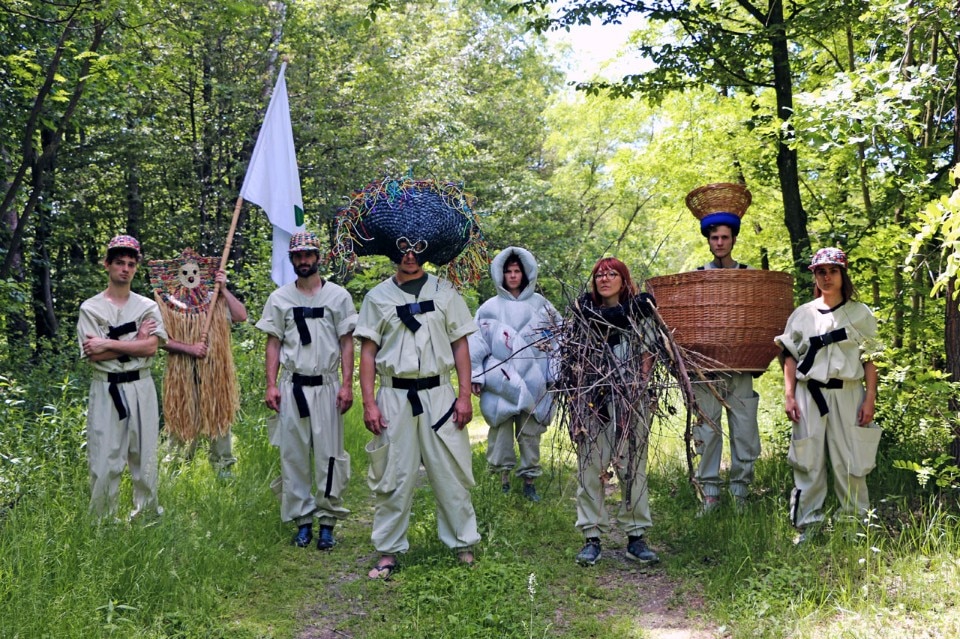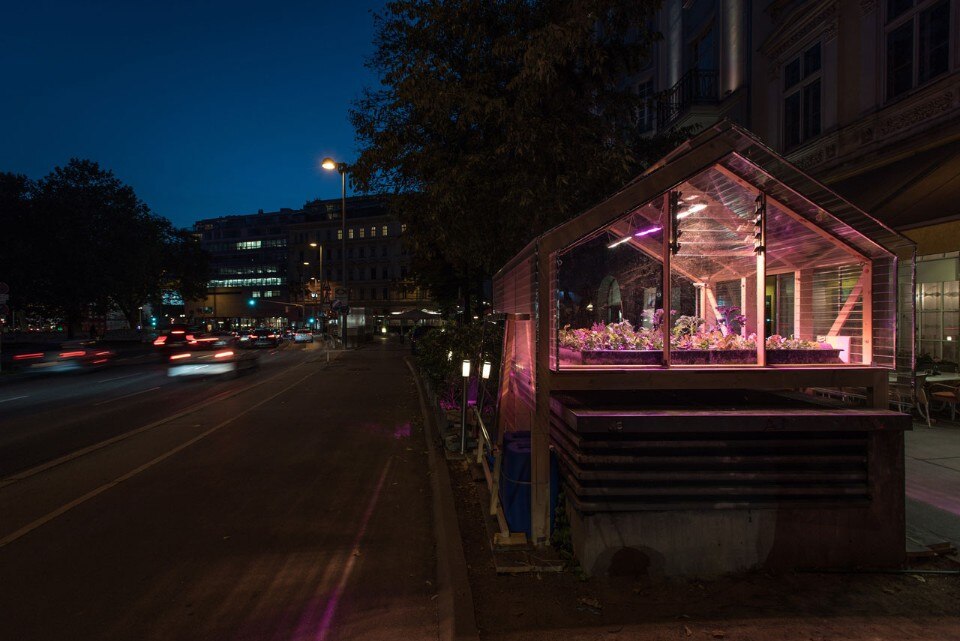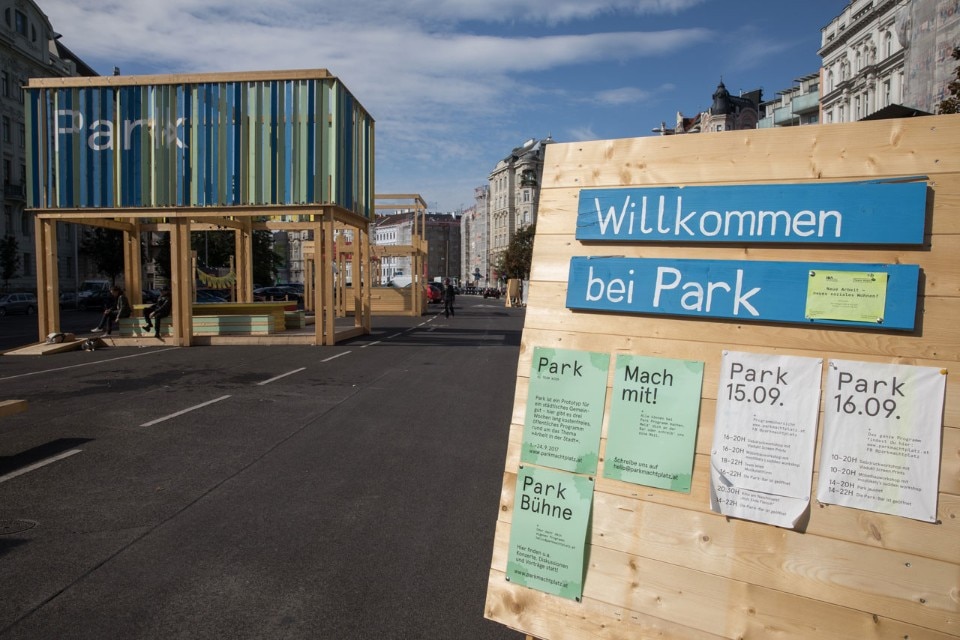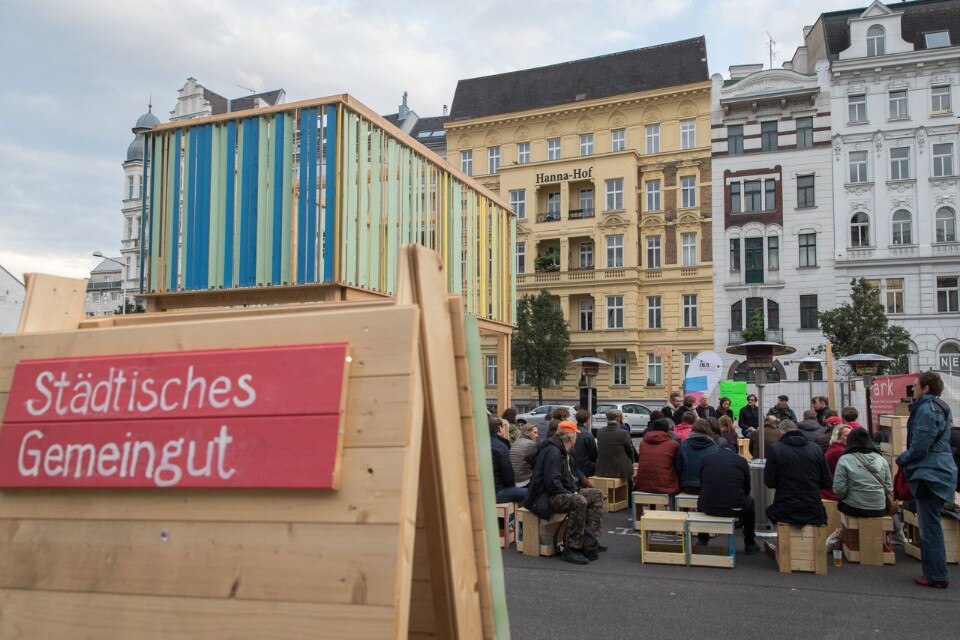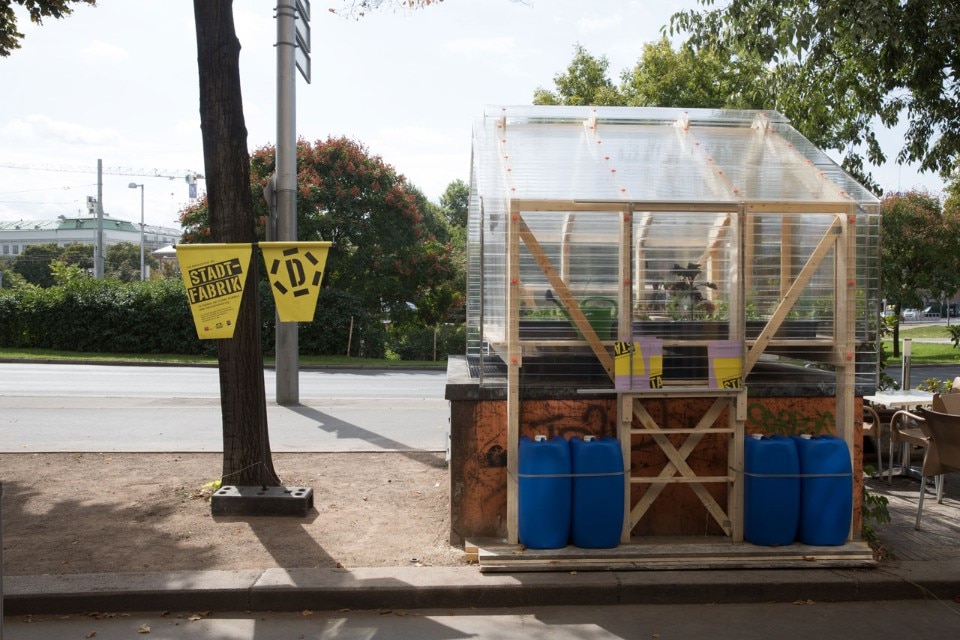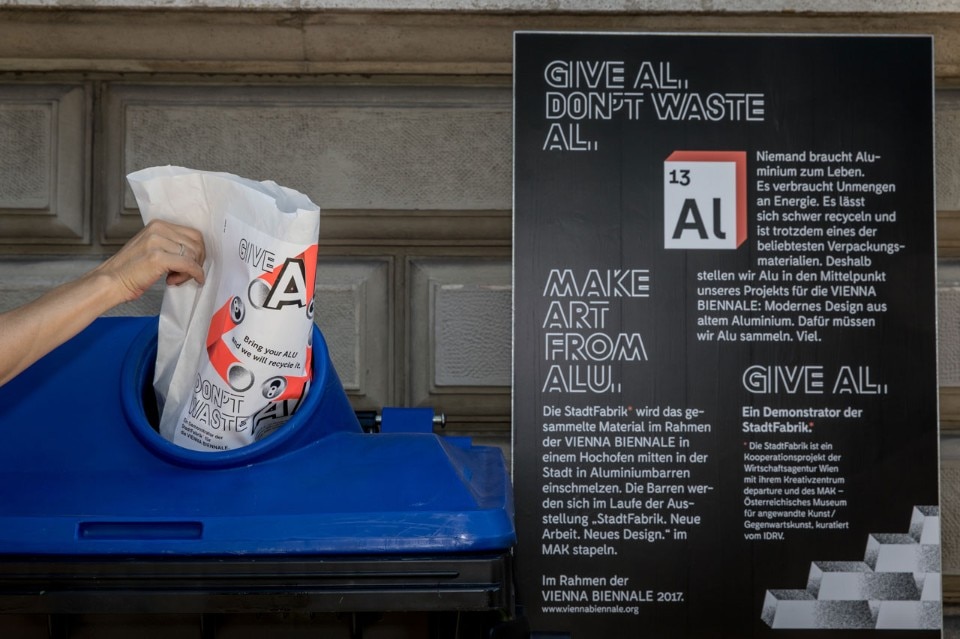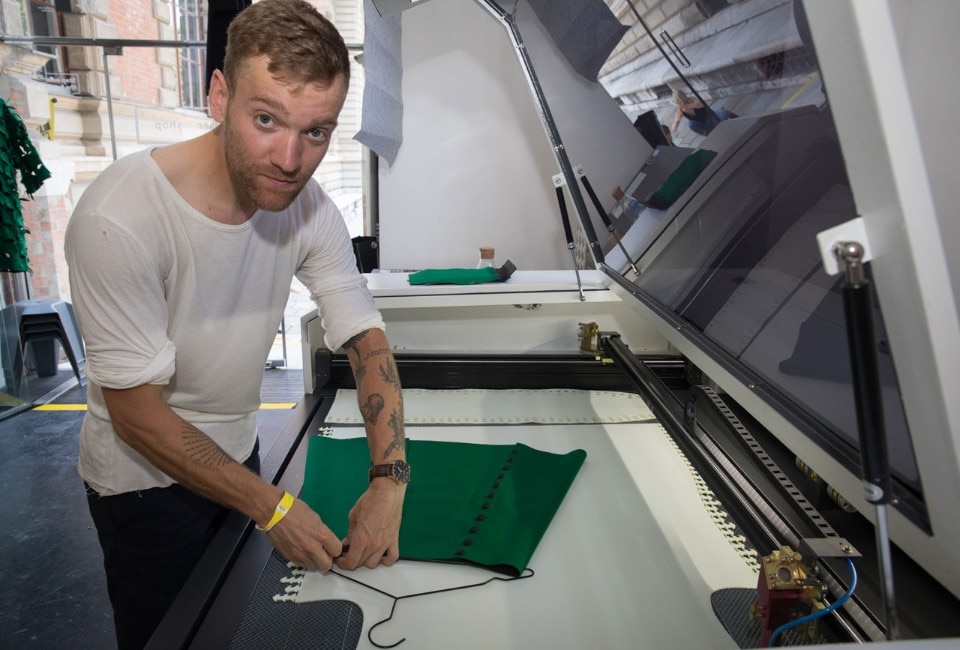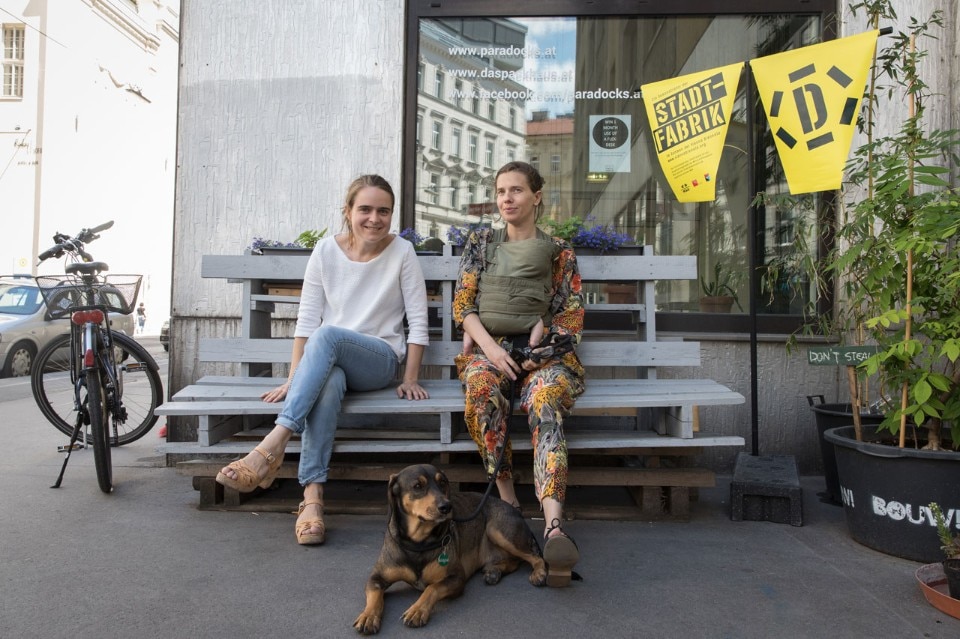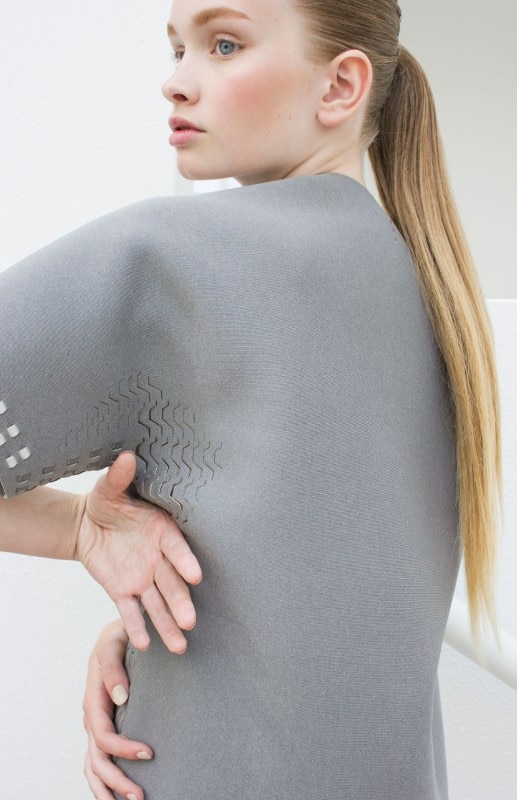Adversarial Designis a detailed investigation into the social and political dynamics of design. Can you outline the themes examined in your successful work?
With this book, I decided to explore the way in which design can make a contribution to democracy. We often think of design as a contribution to democracy which renders political processes simpler and more accessible. This is undoubtedly an important element, but it reduces democracy to a series of mechanisms. The concept of antagonism, in particular as developed by Chantal Mouffe, challenges us to think differently. From a competitive point of view, democracy is not only a way to participate in the various mechanisms of politics, it is also the ability to protest, to challenge structures and conditions, practices and values of society. In Adversarial Design, I examine the way in which designed objects can develop a antagonistic potential, and express protest.
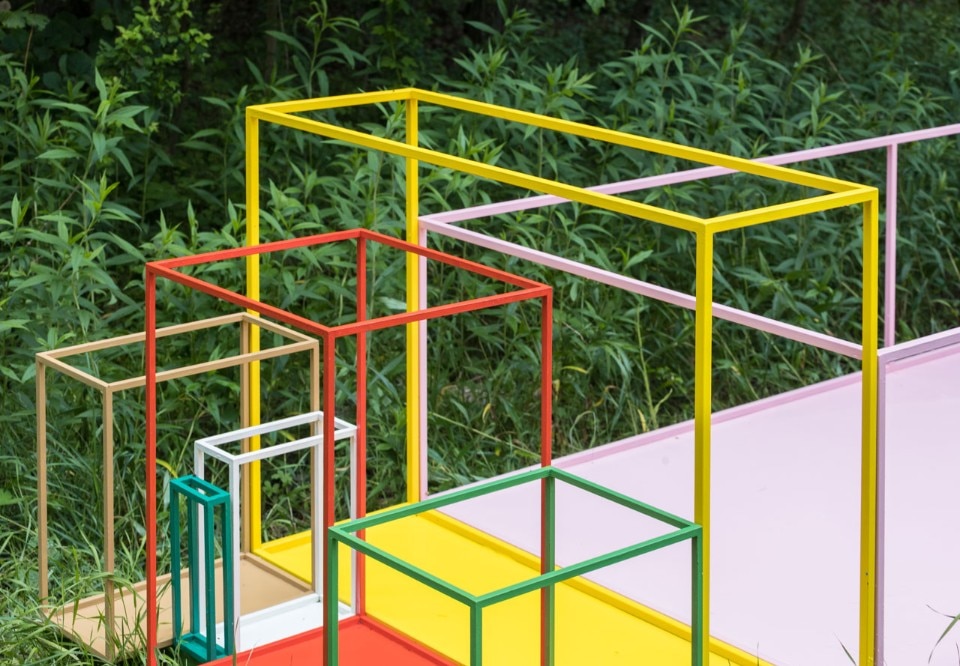
 View gallery
View gallery

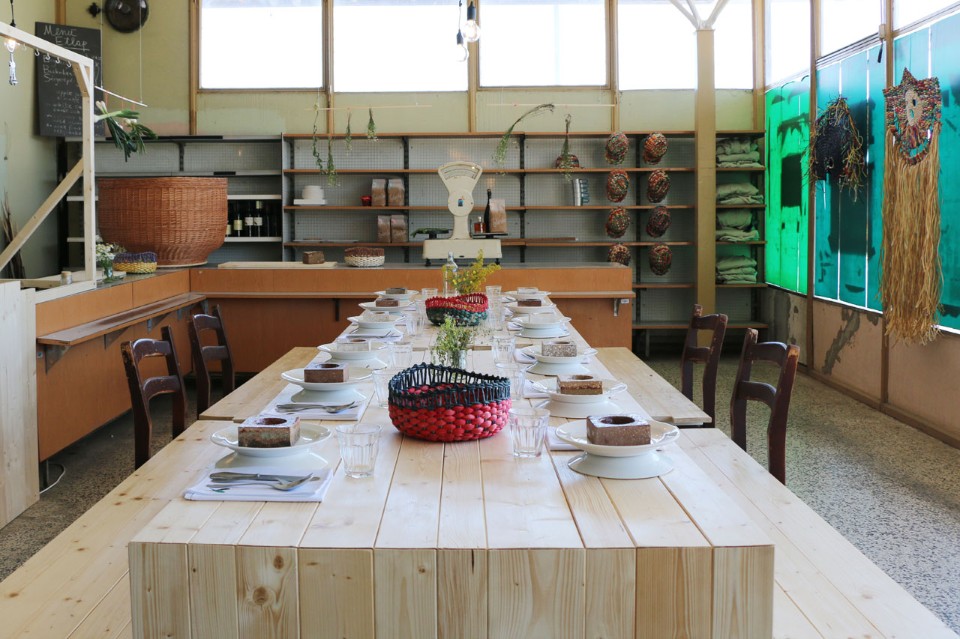
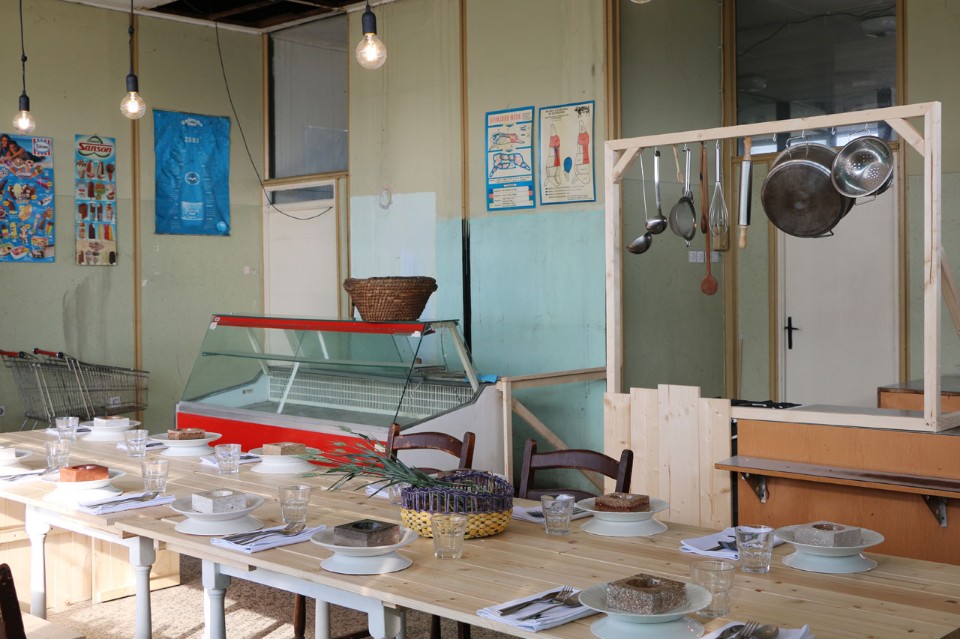
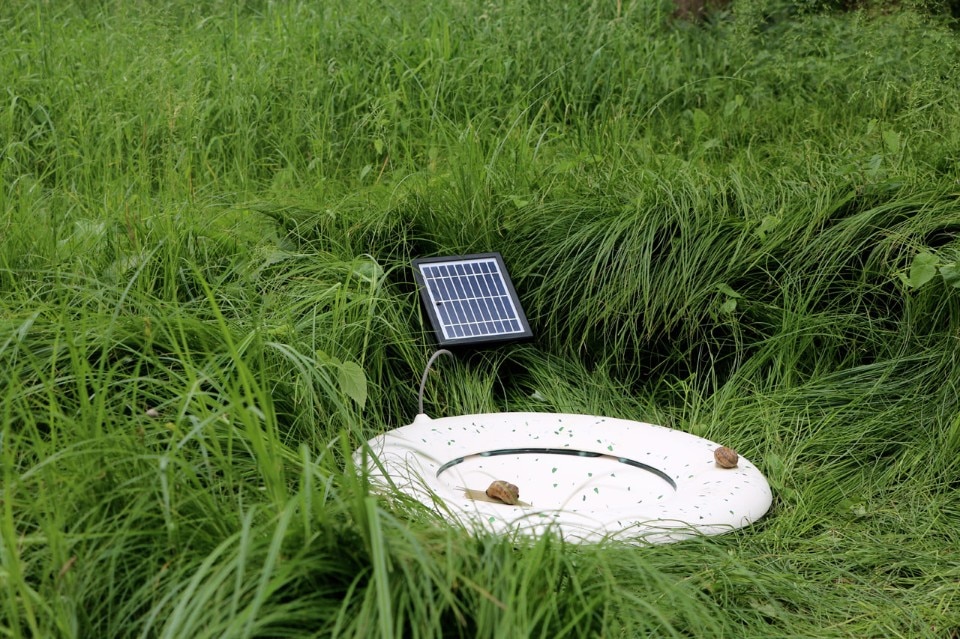

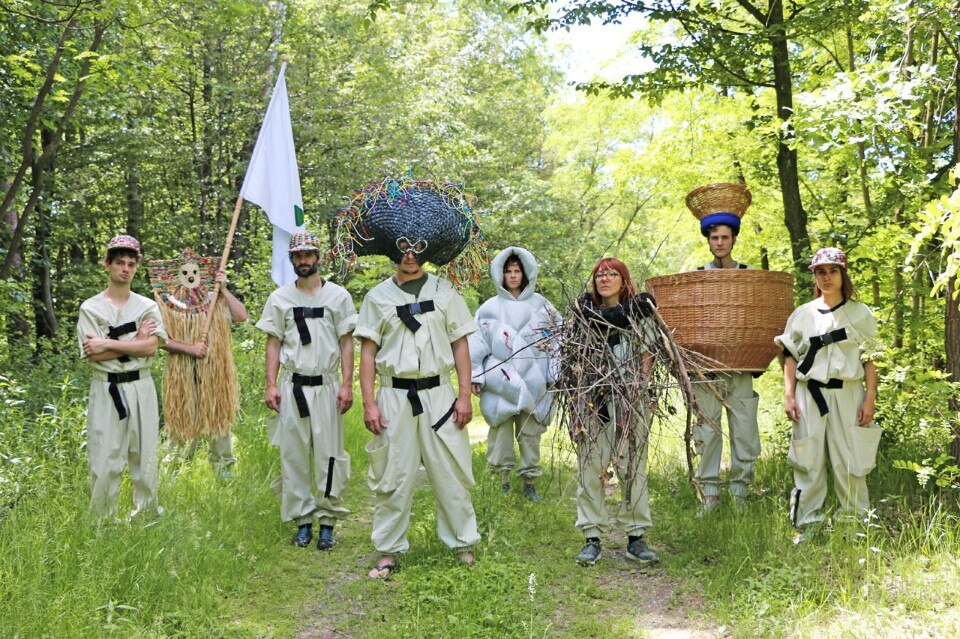
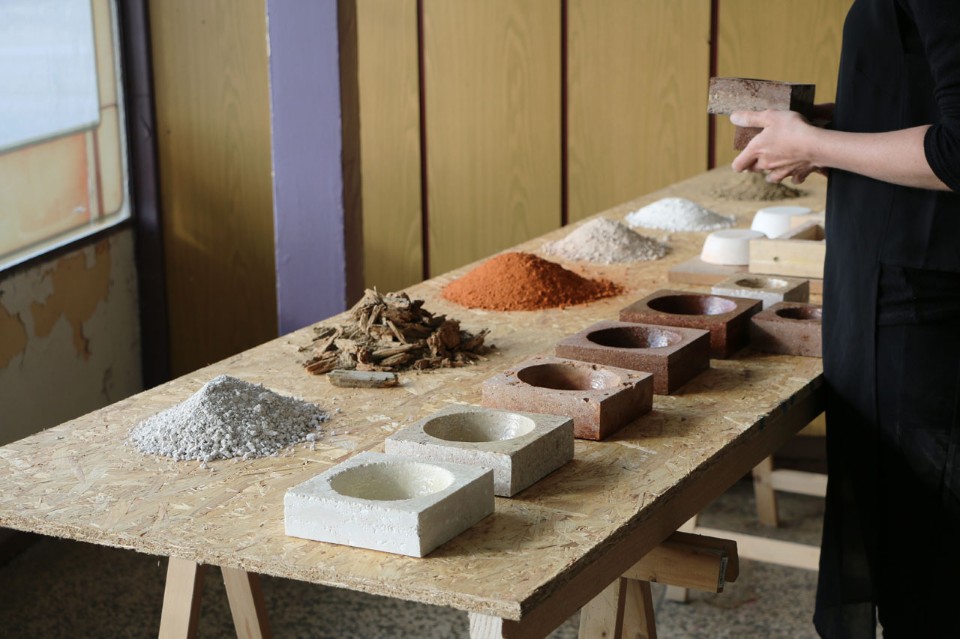
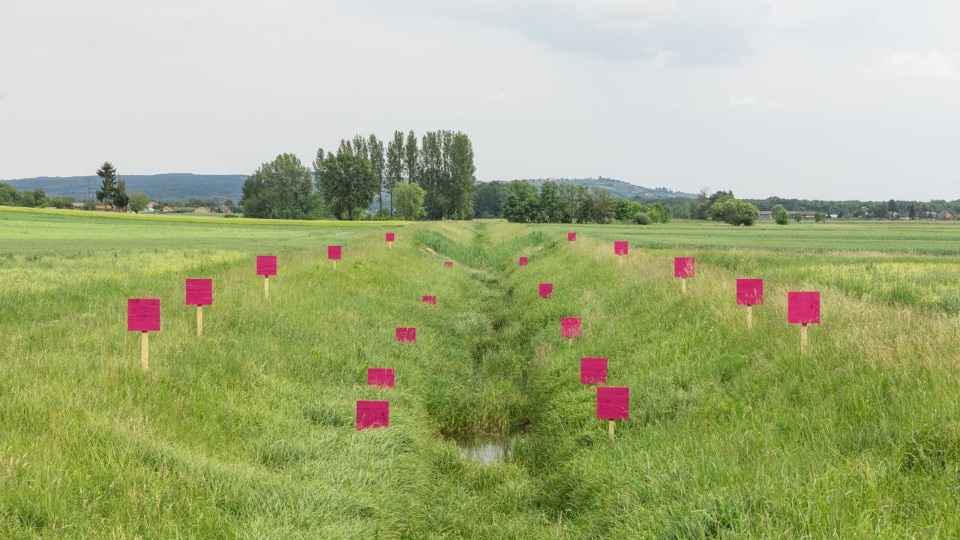
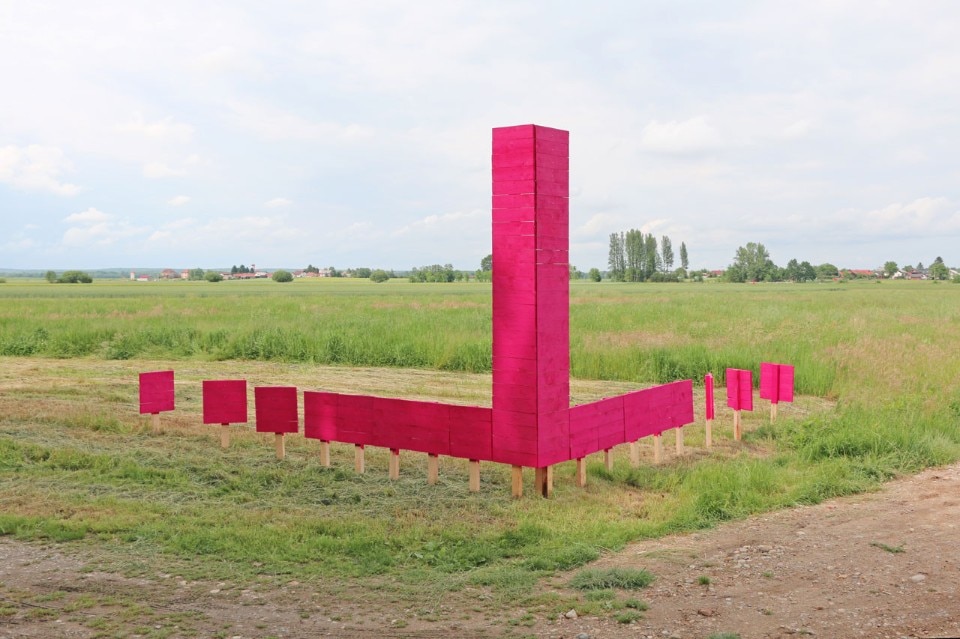
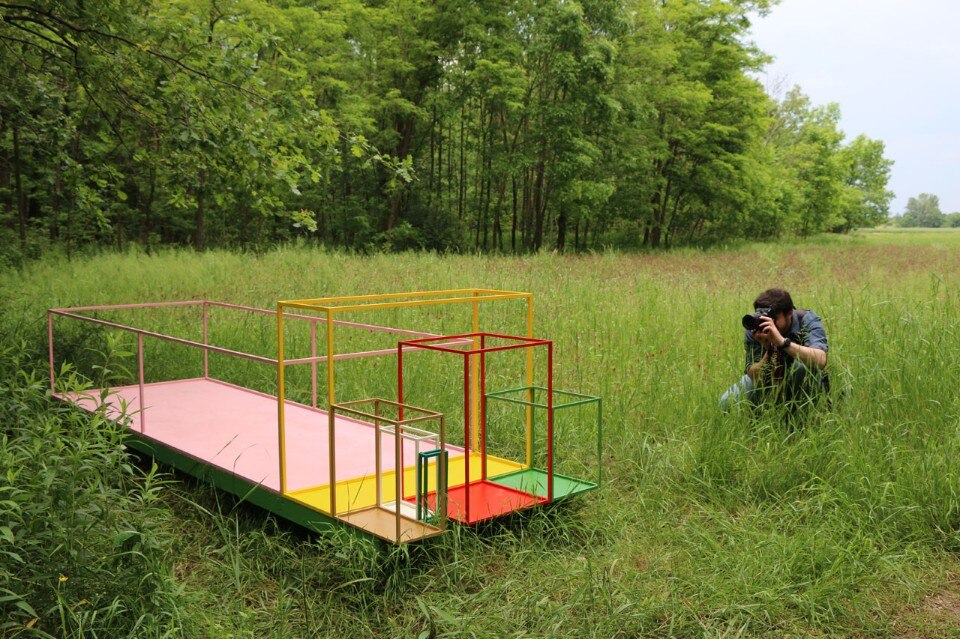
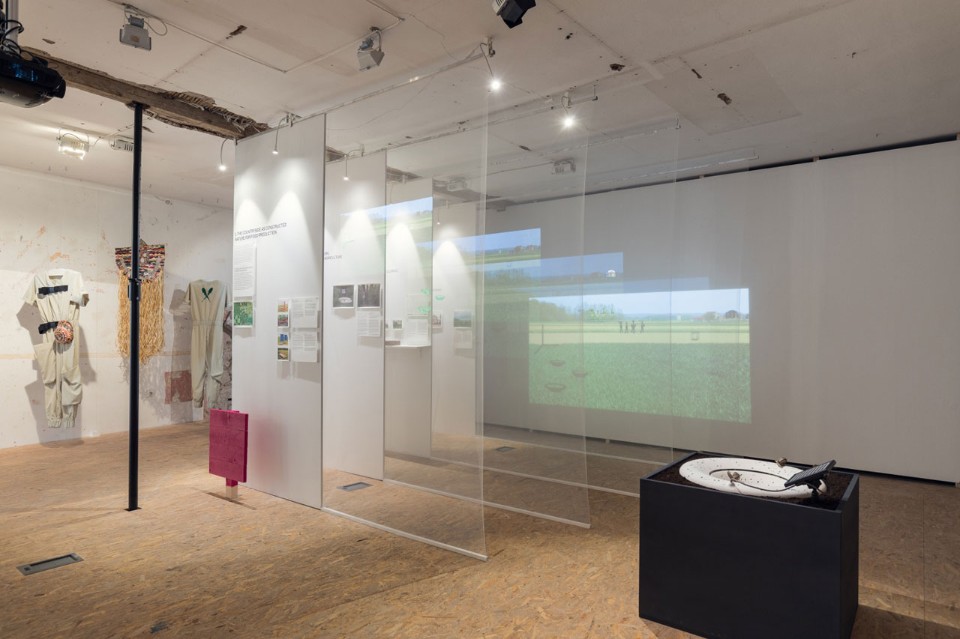











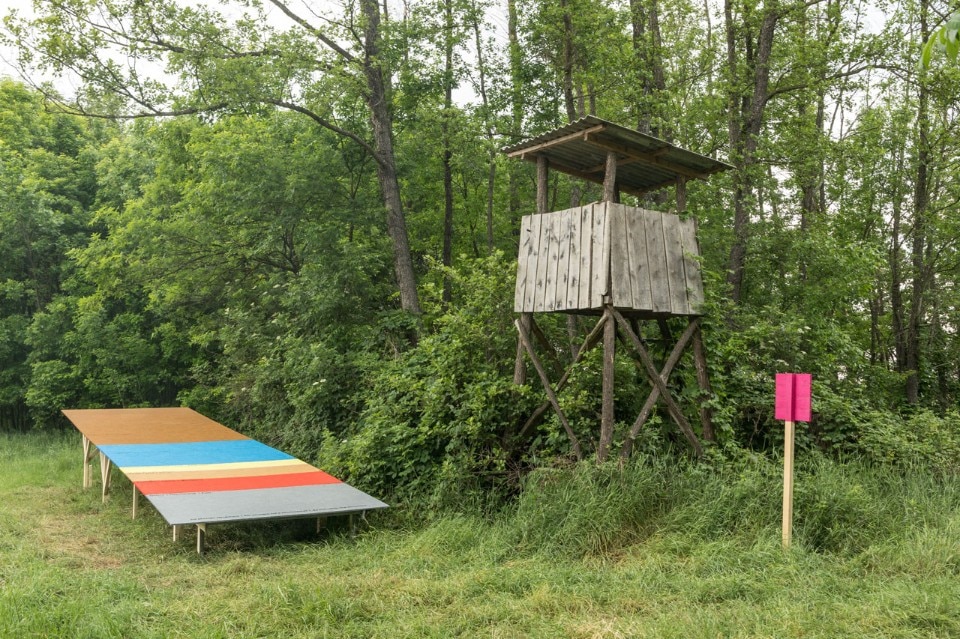
In her book On the Political,Chantal Mouffe writes that politics is an empirical space and is the domain of philosophers who investigate its essence. Do you agree with this definition? What is the role of design in this widened field?
The role of design should not be completely philosophical, but design can provide the foundations for philosophical experimentation. Design can bring design practices into play which provide us with new tools to understand what the world could be, or what we could want (or not want). Design should not only focus on resolving problems. It could be used to better examine a problem, even without necessarily solving it. This is an important contribution. Going back to Mouffe, perhaps the role of design is to be a device that others could use for research. Design could be a way to examine and understand the world through creation.
You look to computational designas a field in which objects offer new challenges and opportunities. What is the potential?
The challenges of computational designindicate that the world of design still has an ambivalent relationship with technology. It seems that for some, highly technological environments and design are distinct fields, and in the same way, for others, technology and social aspects are separate worlds. From my point of view, technology is one of the fundamental conditions of contemporary life and, as such, is not separate either from design or social matters. Two urgent questions are the size of Big Data, and - together with this - the problems of how little we (as designers) understand how the computational/calculations work on a large scale. We are designing systems of systems, in which the systems themselves are part of the problem. We have access to some of these, or alternatively we are able to access them, but many remain obscure. Yet we need to design with them.
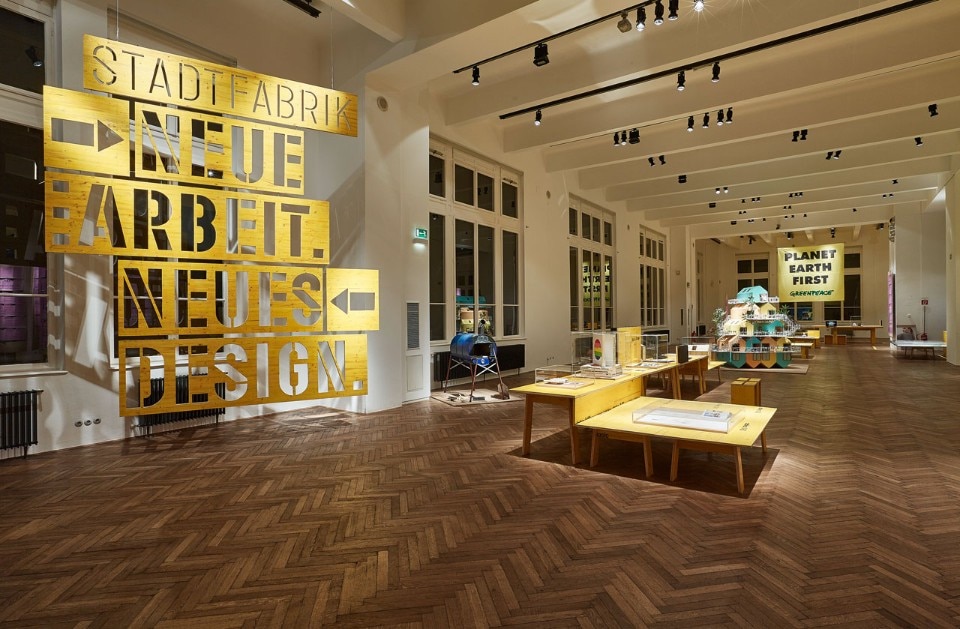
 View gallery
View gallery
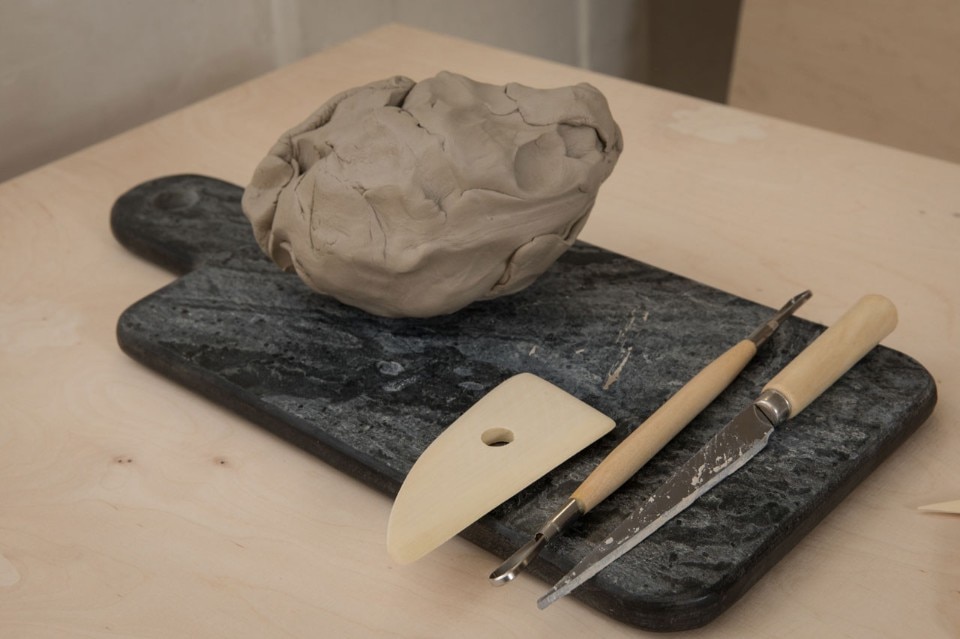
In a world in which human labour is changing, and is no longer necessary for the manufacturing system, what future could design and designers have?
It is by now clear that some aspects of design are becoming ever more automated, and that even those activities that people consider as “creative” – and therefore imagined to be beyond the limits of automation – can, in fact, be replicated through sophisticated artificial intelligence. Nonetheless, I am less worried about what will happen in the world of design as we know it, and more worried by how designers could contribute to a devaluation of abilities and work in other fields. In my opinion, the question is not what future designers will do, but what working future designers will create for others.
Could you tell us a little about your future projects?
I am working on a new book which examines interesting design experiments in the social field. Above all, I am looking into design methods which combine “alternative” social relationships, in an attempt to present different ways to exist and live together. Design as an experimental form of civism, a way to test and contest the way we structure and experience a collective moment in the creation of the world. In my research, I like to be accompanied by a series of contemporary theoreticians, including Isabelle Stengersm Donna Haraway, Anna Tsing and J.K. Gibson-Graham, in an attempt to legitimise an idea of design as a workshop for a new form of solidarity. The descriptive material in the book is inspired by a series of projects in which I have been involved in recent years, and which focus on work with various communities which are seeking to bring about change through the use of different forms of data and media, therefore also taking on questions regards technology and politics, albeit from a more process-oriented and active practice perspective.
Could you recommend a few authors for the readers of Domus to study, as well as a number of designers whose work you appreciate?
The studies and research carried out by J.K. Gibson-Graham are, in my opinion, important, and at times moving, because they present us with the question “what else can we talk about when we discuss economics?”, and as an answer, the author leaves room to explore alternative economies. It is a series of practices that involve work and exchange, but do not form part of the economics of the dominant market. This is important for design as it opens new economic scenarios with which the world of design can interact. So, when we consider design as a practice which is historically defined in relation to the economy, what this work does is to widen the capacity of such relations. Design does not function solely as a part of market economics, it also operates in relation to alternative economic activities such as barter or volunteering. This is a general model of how to be more creative and generous in our areas of operation and in our practices. For example, we can use the work of Gibson-Graham as inspiration and a guide in exploring the question “what else can we talk about when we discuss design?”. In order to provide an immediate point of reference and approach an answer, I suggest studying the work of the designers involved in “Decolonising Design”, by the Brave New Alps collective, and of various designers and collectives which are working through the “Mapping Eco-Social Design” project.


